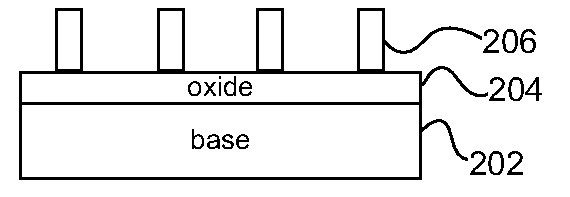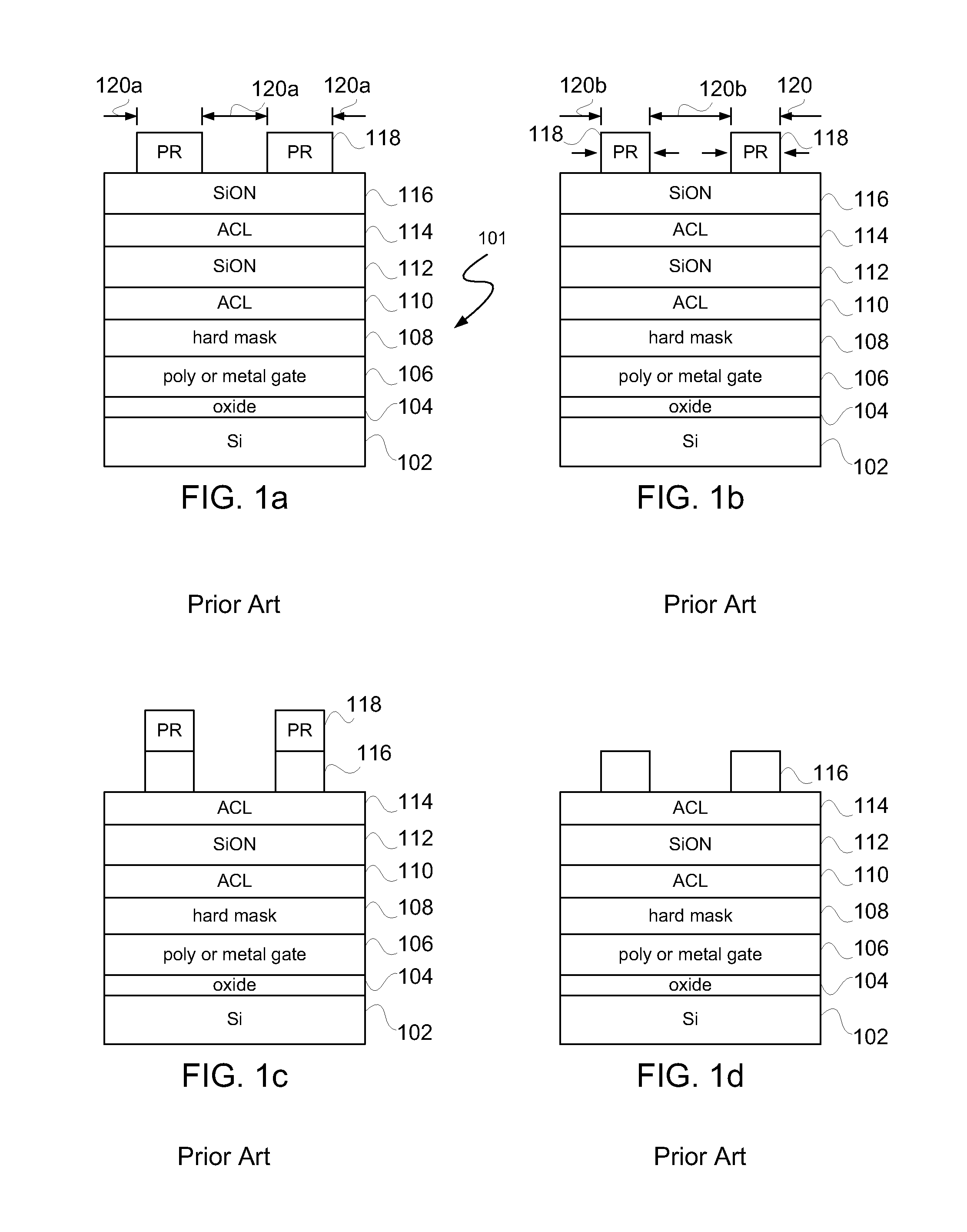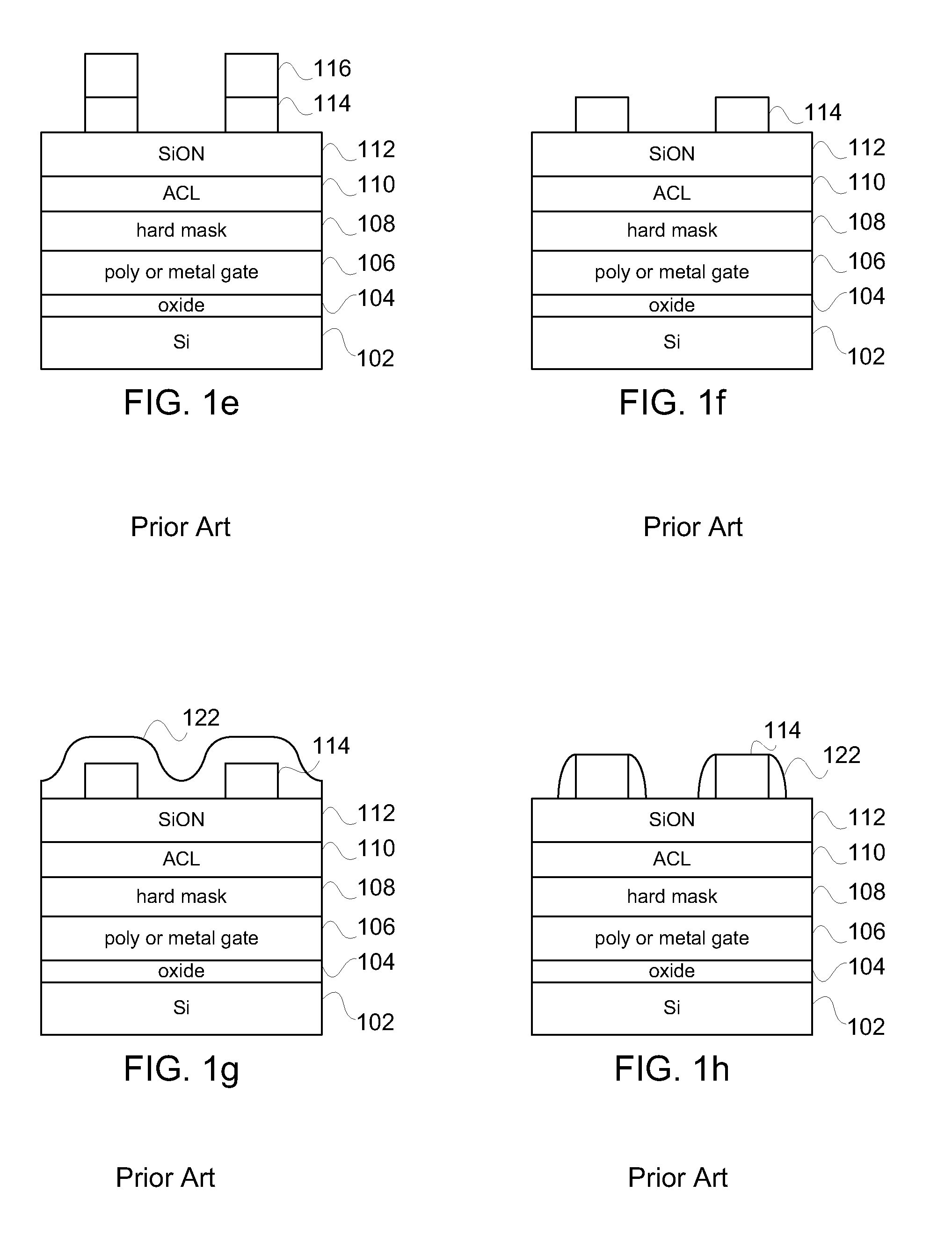Method and system for patterning a substrate
a substrate and patterning technology, applied in the field of device manufacturing, can solve the problems of difficult to achieve the desired resolution of the pattern, time-consuming and costly process, and difficult manipulation of soft x-rays or extreme ultraviolet radiation using mirrors and/or optical lenses,
- Summary
- Abstract
- Description
- Claims
- Application Information
AI Technical Summary
Benefits of technology
Problems solved by technology
Method used
Image
Examples
Embodiment Construction
[0035]The present disclosure will now be described more fully hereinafter with reference to the accompanying drawings, in which preferred embodiments are shown. This disclosure, however, may be embodied in many different forms and should not be construed as limited to the embodiments set forth herein. Rather, these embodiments are provided so that this disclosure will be thorough and complete, and will convey the scope of the invention to those skilled in the art. In the drawings, like numbers refer to like elements throughout.
[0036]To solve the deficiencies associated with the methods noted above, novel and inventive techniques for patterning a substrate are introduced. For purposes of clarity and simplicity, the present disclosure focuses on techniques to pattern a substrate for forming transistors.
[0037]In particular, the present disclosure focuses on techniques involving SADPL processes for forming gates of transistors. However, those of ordinary skill in the art will recognize ...
PUM
 Login to View More
Login to View More Abstract
Description
Claims
Application Information
 Login to View More
Login to View More - R&D
- Intellectual Property
- Life Sciences
- Materials
- Tech Scout
- Unparalleled Data Quality
- Higher Quality Content
- 60% Fewer Hallucinations
Browse by: Latest US Patents, China's latest patents, Technical Efficacy Thesaurus, Application Domain, Technology Topic, Popular Technical Reports.
© 2025 PatSnap. All rights reserved.Legal|Privacy policy|Modern Slavery Act Transparency Statement|Sitemap|About US| Contact US: help@patsnap.com



